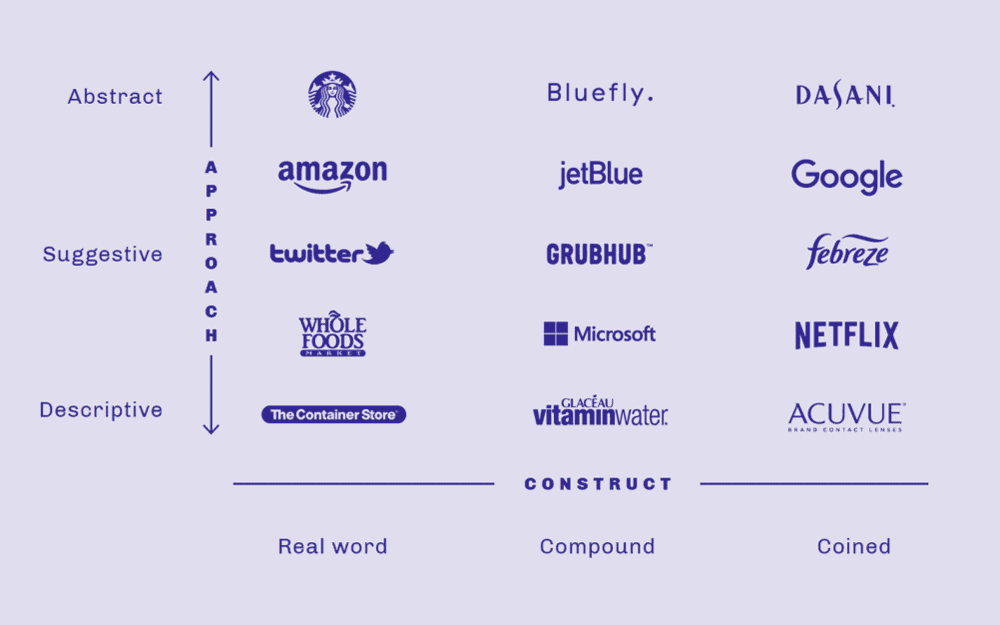
15 Feb How to Build a Successful Small Business Brand
How to Build a Successful Small Business Brand
At the core of every business is its brand: the recognisable personality that customers use to identify it. Although customers ultimately buy products, it’s often the brand that sells—just think about how many people pay extra just for the comfort and familiarity they get from buying Tylenol instead of generic acetaminophen, Band-Aids instead of adhesive bandages, or Kleenex instead of facial tissues.
Indeed, having a solid and recognisable brand is vital to building any business, big or small. However, what goes into crafting that brand can sometimes seem mysterious to many business owners, especially when they’re getting started. Going from little to no brand awareness to becoming top-of-mind when your target customer is ready to buy can sound like an overwhelming endeavour.
Thankfully, it all comes down to knowing where to start, and we’ve got a checklist that you can use to get the foundation of your brand in place and ready to grow. Here, we’ll give you seven tips on how to build a successful brand for your small business so you can get the ball rolling and demystify the process. Along the way, we’ll provide a few examples of businesses that are doing it right to inspire you.
1. Come Up with a Good Name

If this seems obvious, that’s because it is. But it’s an essential first step, so it bears repeating. Your business name will be the main thing that customers remember you by, so it’s vital to settle on one that lingers in people’s heads and doesn’t get confused with existing businesses—especially those in your industry.
Of course, that’s easier said than done. You can usually get going in the right direction by taking inspiration from other businesses in your field. You want your business name to be unique, but you also want it to fit into the standard format for your field so that your customers and clients can understand what you do.
For example, even though The Blue Cow might be an excellent name for a restaurant, it’s not a good name for a law firm—it doesn’t follow the standard conventions for that field. You want to pick something that makes it somewhat obvious what you do or, at the very least, doesn’t confuse people into thinking your business is in a different industry entirely. So, try to balance being unique and memorable while also not being too out there.
Examples of great business names include Twitter, Google, Apple, IKEA, and Nike. You’ll probably notice that all of these are short, interesting, and simple. You don’t have to stick to a single word, of course, and you don’t even need to stick to a word you’d find in the dictionary. But simplicity will help your small business brand become more memorable and recognisable to customers.
Brand Naming Exercise:
- Make a list of all the brand names you admire most, no matter which field they’re in.
- List some of the trends you see in the brand names you admire most.
- Make a second list of all the brand names competing with your brand in your space.
- Describe the similarities and differences in the small business brand names you’re competing with.
- Start brainstorming names for your brand based on what you discover through this process.
2. Design a Memorable Logo
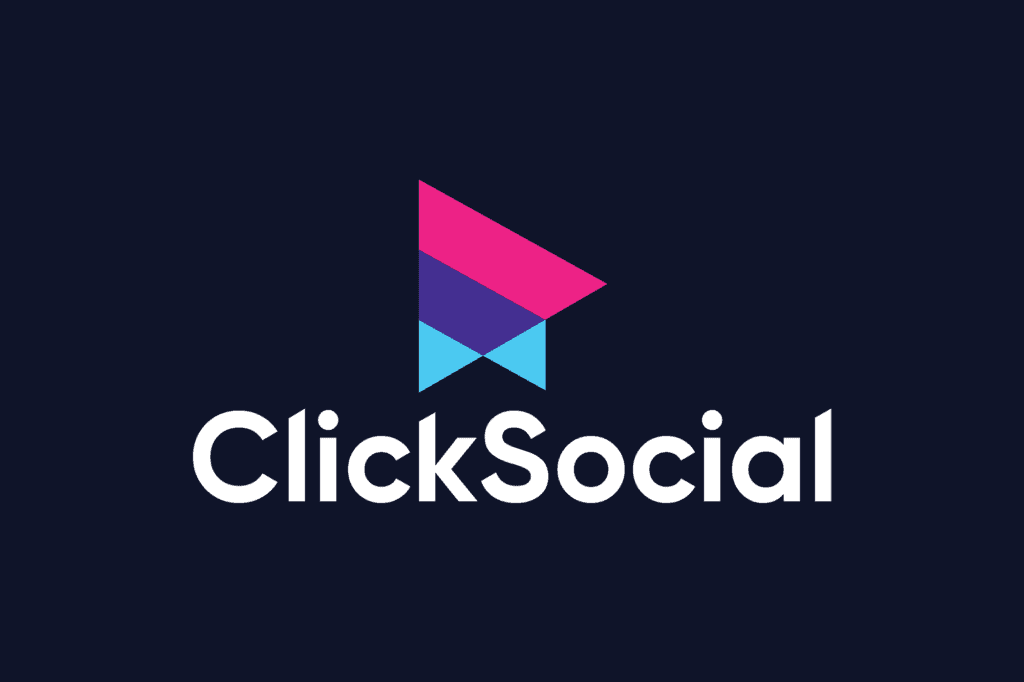
After your business name, your logo will be the second-most recognisable part of your branding strategy in most cases. The logo for some companies has become so ubiquitous that you know exactly what company it is just by seeing the simple graphic: think Apple and Nike, for example.
As a small business owner, chances are you won’t be designing your logo yourself. So, the main thing to keep in mind here is that you shouldn’t skimp on hiring a good designer. A poorly designed logo can make your small business brand seem unprofessional and low-quality, so make sure that you don’t try to cut corners here, especially since making significant changes to your logo, later on will be challenging once you start building more brand recognition.
If you choose to create your logo on your own, tools like Canva and Adobe Creative Cloud Express can help. These are design tools built to appeal to non-designers, making the entire process easy no matter who’s creating the design.
Logo Creation Exercise:
- Collect images that represent your brand to build a mood board. These can be literal or not. The less literal you can be, the better.
- Gather some of your favourite logos across industries and make a list of the qualities you like about them.
- Gather logos from competitors in your industry and make a list of similarities and differences between them.
- Head to a design tool like Canva and start creating your logo. Alternatively, look for a designer who can help you with your logo.
Pro Tip: Many of the best small business brand professionals and designers will prefer to complete a brand immersion where they research your customers and competitors before diving into something as crucial as logo design.
3. Come Up with a Catchy Slogan or Tagline
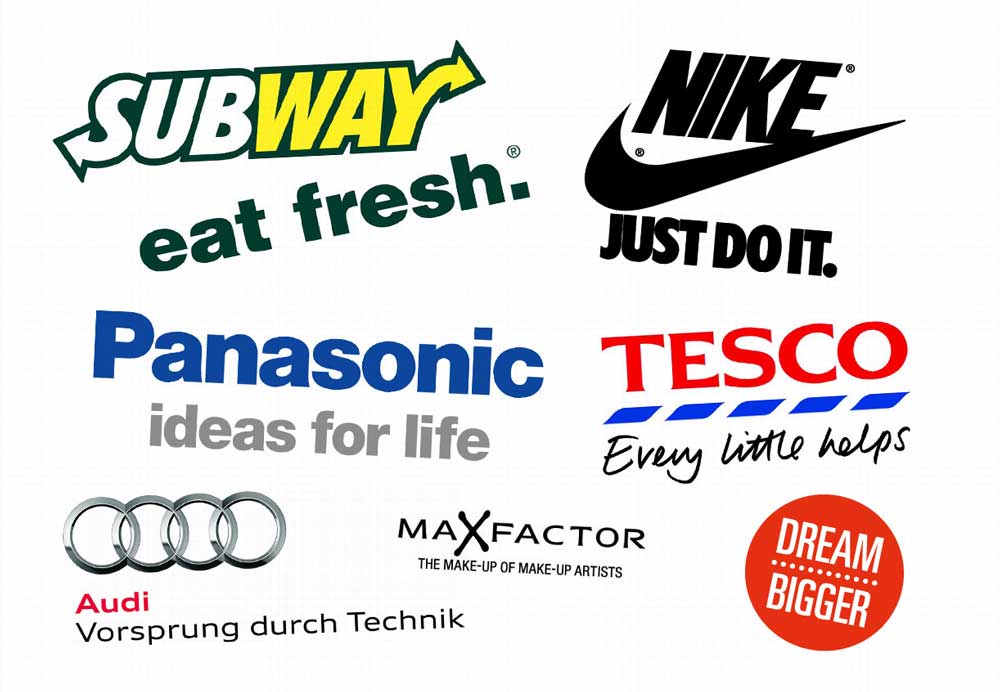
Technically, slogans and taglines are two different things: the former focuses on advertising and the latter on public relations. But here, we’ll use the terms interchangeably. Both are short phrases that people will use to identify your business.
It should come as no surprise that it’s challenging to think up a tagline, so you may want to hire a professional copywriter specialising in coming up with them. They’ll help you develop a lasting tagline that fits your small business brand identity.
Some examples of famous slogans and taglines include:
- Disneyland: “The happiest place on earth.”
- MasterCard: “There are some things money can’t buy. For everything else, there’s MasterCard.”
- The New York Times: “All the news that’s fit to print.”
- Apple: “Think Different”
Your tagline should be broad enough to apply to all segments of your audience and tie directly to your mission statement if possible.
Tagline Creation Exercise:
- Write down some of your favourite taglines from other brands. Don’t look them up. Only write down taglines that you’ve committed to memory.
- Research some of the taglines your competitors are using.
- Draft at least 25 potential taglines for your small business brand.
- Show your top 3 taglines to your most dedicated customers to see what resonates the most with them.
4. Create a Brand Story
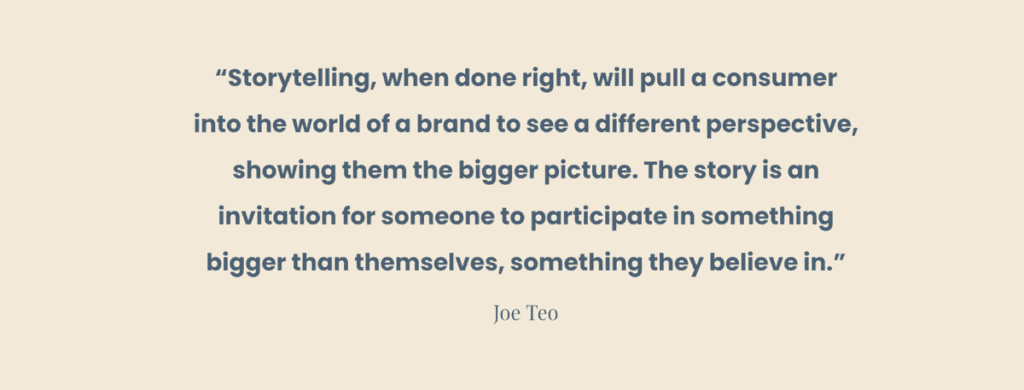
People love stories. That need and desire to hear stories and relate to the world through them is hardwired into us. As the acclaimed author Salman Rushdie once said, almost as soon as we’re born, we want our parents to tell us stories after we’ve gotten the essential requisites.
You can hijack that innate desire for stories and use it to your advantage as a small business brand. Make sure that your customers know your exciting and unique story about who you are and why you do what you do. Is your food business passing down your great, great grandpa’s secret pasta sauce recipe from Sicilia? Or did you study with yoga masters in India for years before opening up your yoga studio?
Putting the right spin on your company’s history is the key here. Whatever your story is, make sure to put it front and centre so your customers can connect and relate to it.
Brand Story Exercise:
- Write down all the details that are crucial to your story: Who, What, Where, When, and—most importantly—Why you’re in business in the first place.
- Look for elements that connect to your mission and vision and tie them together.
- Craft your brand story from the details you’ve compiled.
5. Develop a Brand Voice
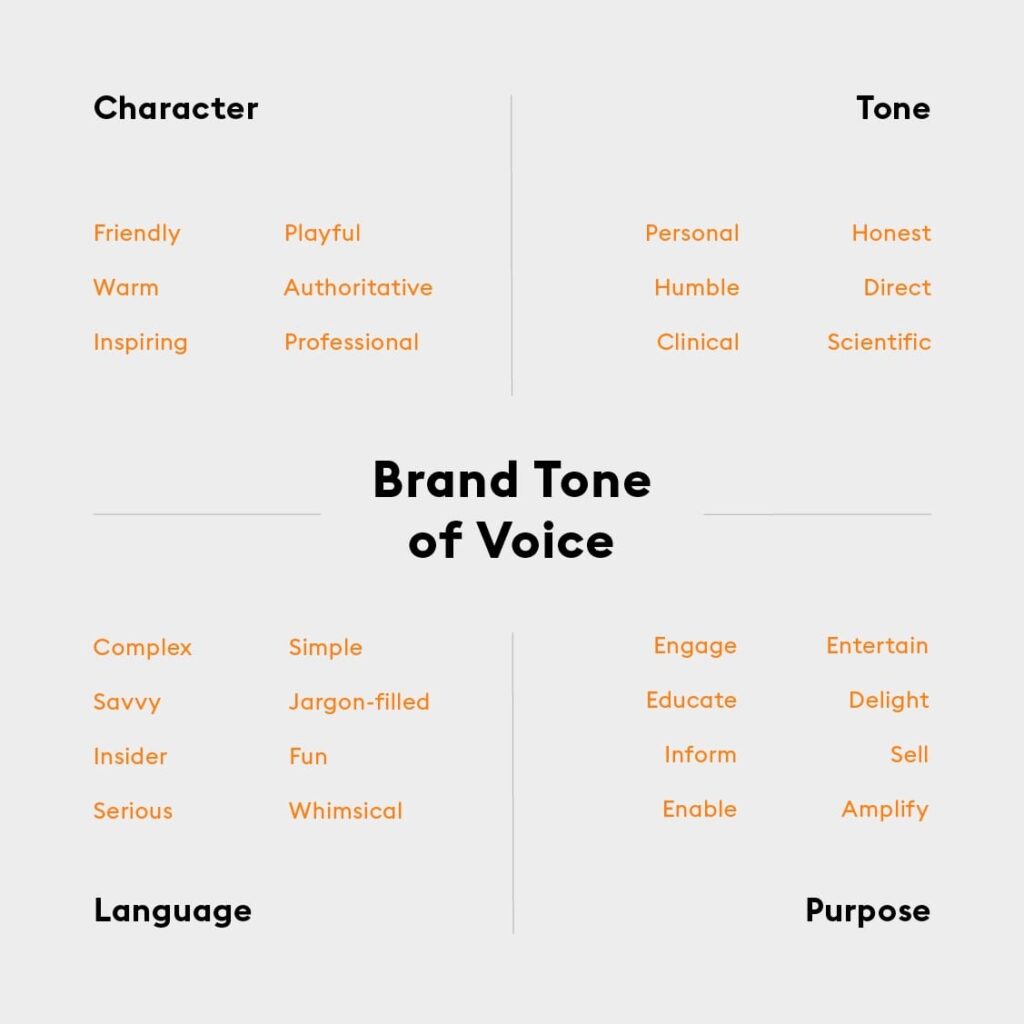
When we talk to people we know, we can usually recognise them just by hearing their voices. And if someone is a strong writer, you can tell they authored something by reading it, even if they don’t have a byline. Ideally, the same should be valid for your business. Your business can’t physically speak, so when we talk about developing a brand voice, we’re talking about the words you use in your marketing materials. Utilising the power of personal selling may be helpful here as well.
While developing your brand voice, start with a list of adjectives that you feel suit your small business brand and then build out the voice based on how a person embodying those adjectives would speak. A law firm may choose professional, educated, and polished adjectives, while a progressive tech company may choose quirky, friendly, and fun descriptors.
For example, some businesses adopt a very light-hearted way of speaking. Hippeas’s tone is very playful, and they achieve this by using puns, slang, and abbreviations. Charles Schwab, however, utilises a more serious and professional tone in keeping with its customer base’s expectations.
In many cases, you can let your brand voice develop naturally as you write your marketing materials or create blog posts —letting your personality shine through is a great way to get it on the right track. Just make sure that your brand voice aligns with the field you’re in and your customer’s expectations to a reasonable extent.
Brand Voice Exercise:
- Write down a list of adjectives that describe your small business brand.
- Describe how you’d speak to your best-fit customer if they called you.
- Draft a sample paragraph that shows what your brand voice will sound like. An elevator pitch is a good starting point.
- Document what your brand voice sounds like for later reference.
6. Pick a Colour Scheme
The colours you use to represent your business can significantly impact how people perceive it. Colours tend to associate various ideas and feelings—blue tends to elicit peaceful feelings, red is often linked with anger and love, and green is associated with health and the environment. The colours you choose can impact whether or not your customers have a positive brand association or not.
Going back to Hippeas, we can see how the brand uses yellow to create a sense of playfulness, joy, and light-hearted fun.
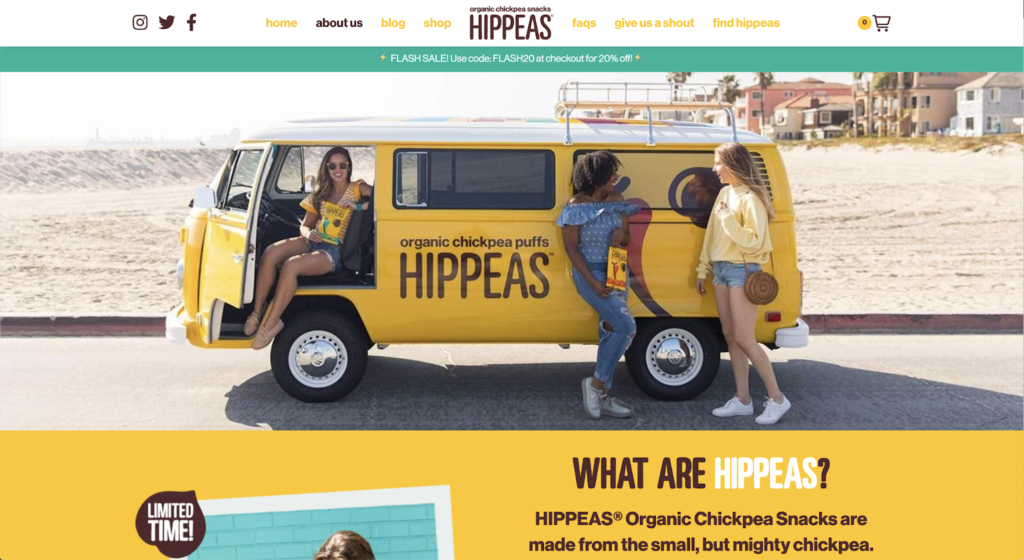
Meanwhile, Green’s Natural Foods uses, well, green to show that it’s focused on healthy and natural foods.

Also, make sure to use colours that differentiate you from other brands in your industry. If all your competitors are selecting red logos, it’s better to go right when they’re all going left. Be a bit different to make your small business brand memorable instead of blending into the sea of sameness.
Colour Selection Exercise:
- Go back to your list of adjectives from your brand voice exercise and select a colour that pairs well with each word. You don’t have to choose a specific colour, just something general like Yellow or Blue.
- Look up your competitors and write down the colours they’re using.
- Select an initial colour palette that matches the most important adjectives describing your brand. Remove any colours that all your competitors are already using.
- Verify the colour palette with a professional designer. Or simply get that designer to create the colour palette from scratch using the information you’ve already provided about your small business brand.
7. Keep Your Branding Consistent
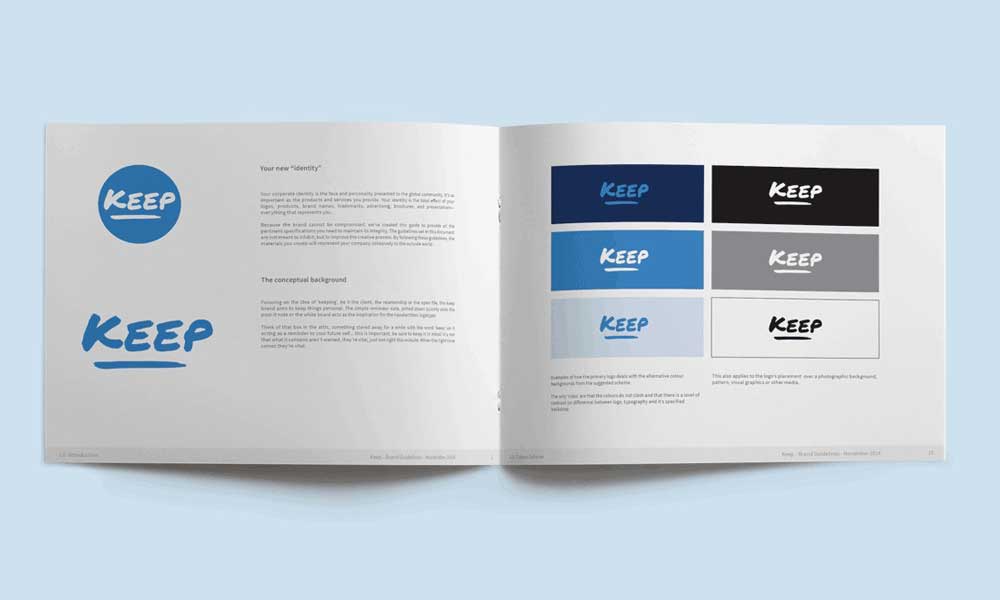
No matter what colour scheme, name, or logo design you decide to go with, more important than any of them is that you stick with them. Branding works by creating a recognisable identity for a business, but if you constantly change everything, that’s not much of an identity, and it isn’t recognisable.
For example, if Hippeas had a completely different colour scheme for each website’s pages—blue and red for one, purple and green for another, and black and brown for yet another—you wouldn’t come to recognise Hippeas by its fun yellow and brown colour scheme.
There’s some wiggle room here. You can test out creative campaigns that test the limits of your brand while maintaining the same general tone and feel.
Brand guidelines can help here. If you document the colours, fonts, and linguistic style your creative team should use, everyone will be on the same page. This is especially helpful if you’re soliciting help from an outside agency. That way, the third party can fully understand your brand before creating any assets that diverge dramatically from your vision for the company.
Brand Guideline Exercise:
- Take all of the exercises you’ve already completed and compile them into a brand guidelines document.
- Expand on this document as your brand evolves.
Key Takeaways
The best way to create a successful small business brand is to be authentic. Try to let your personality shine through your business, and the rest will come naturally.
Of course, it can be difficult just to let that happen, so it’s a good idea to study how other successful businesses approach branding and see how you can integrate their ideas into your own business. These tips and examples can help you grow your business and brand and keep you moving in the right direction.
Author Bio: Sam Molony is part of the marketing team at Mailshake. Sam’s goal is to inspire people to not just “hang in there” but to thrive. When Sam’s not publishing or promoting new content, you can find him playing sports and cooking up a storm in the kitchen.
The post How to Build a Successful Small Business Brand is by Stuart and appeared first on Inkbot Design.


